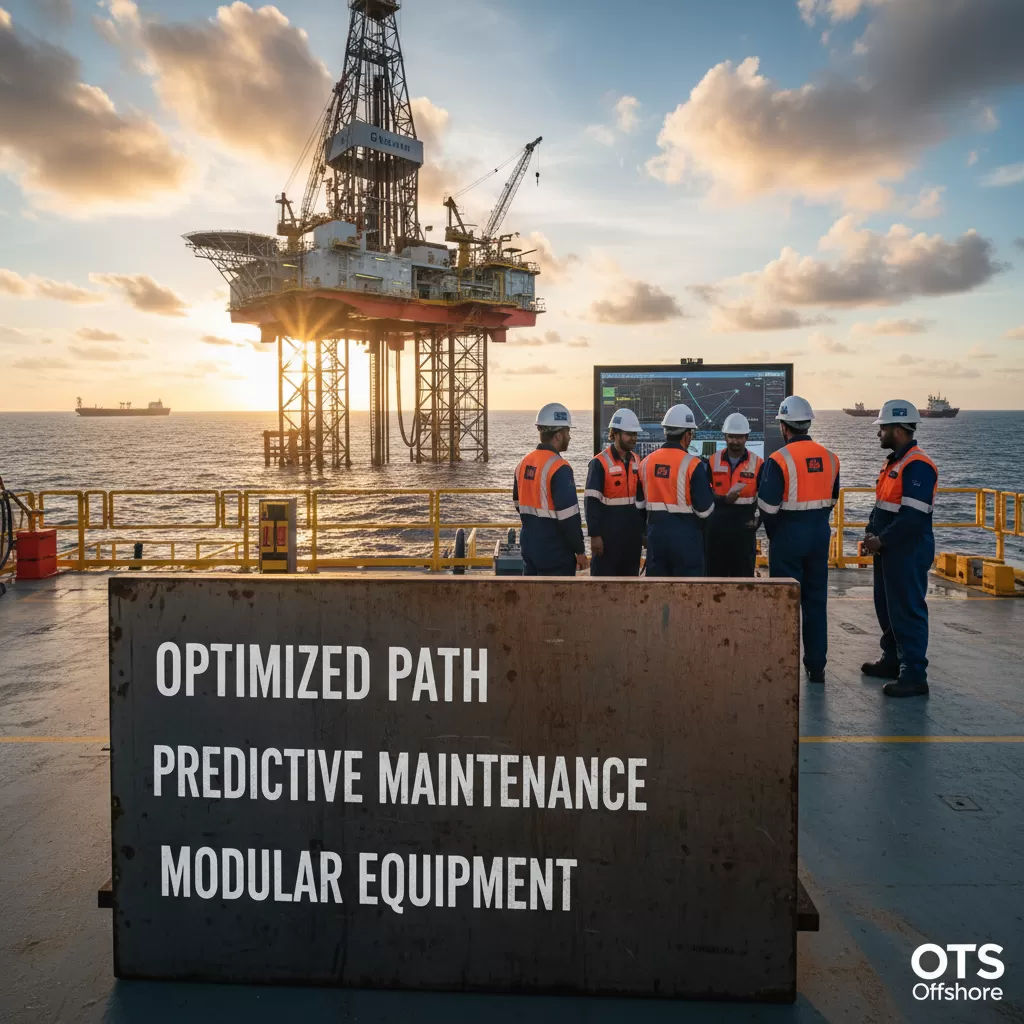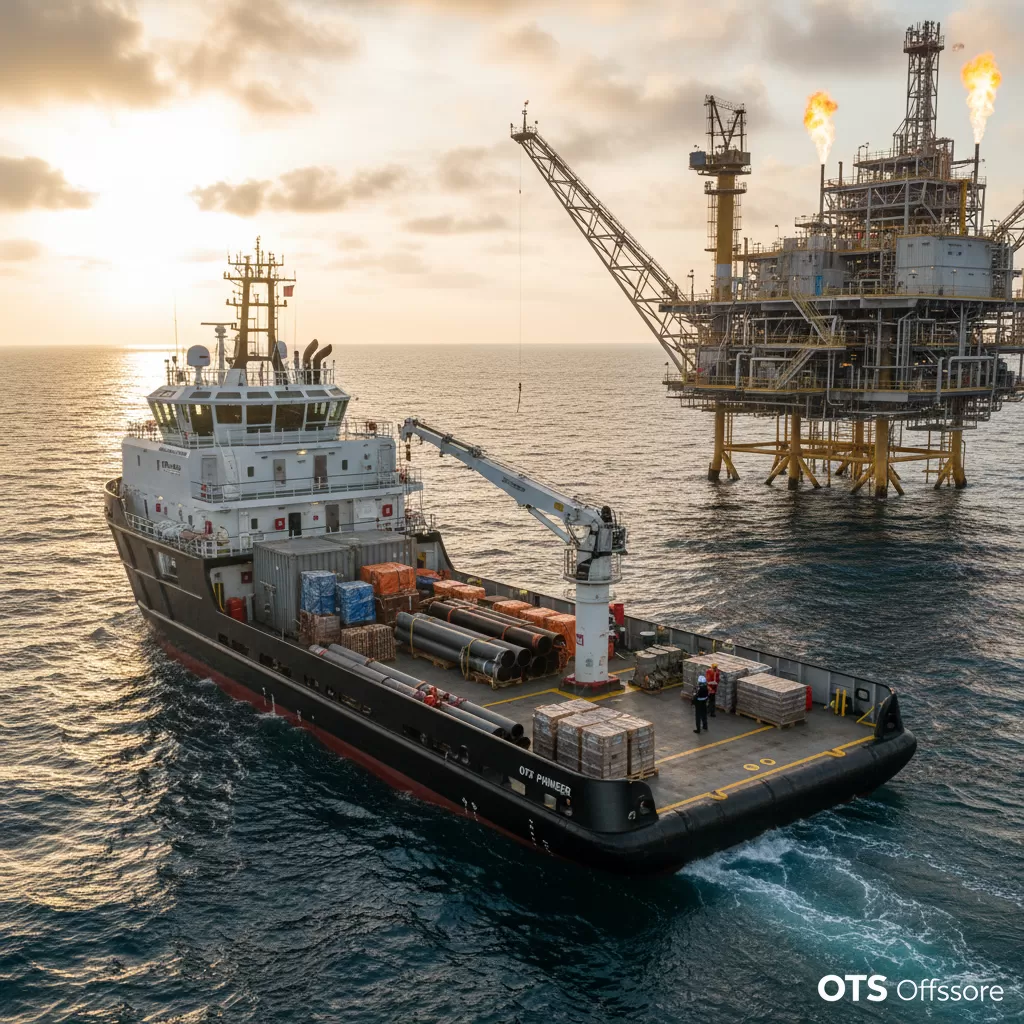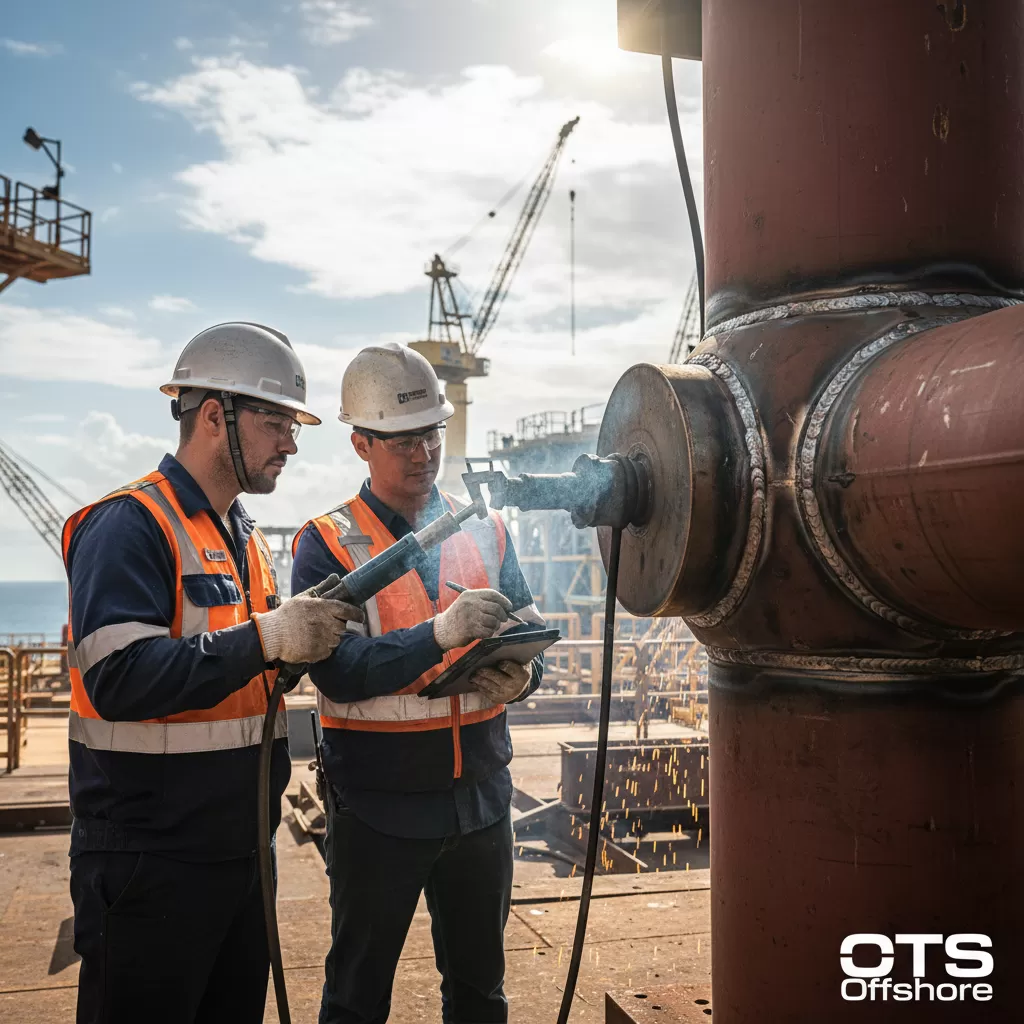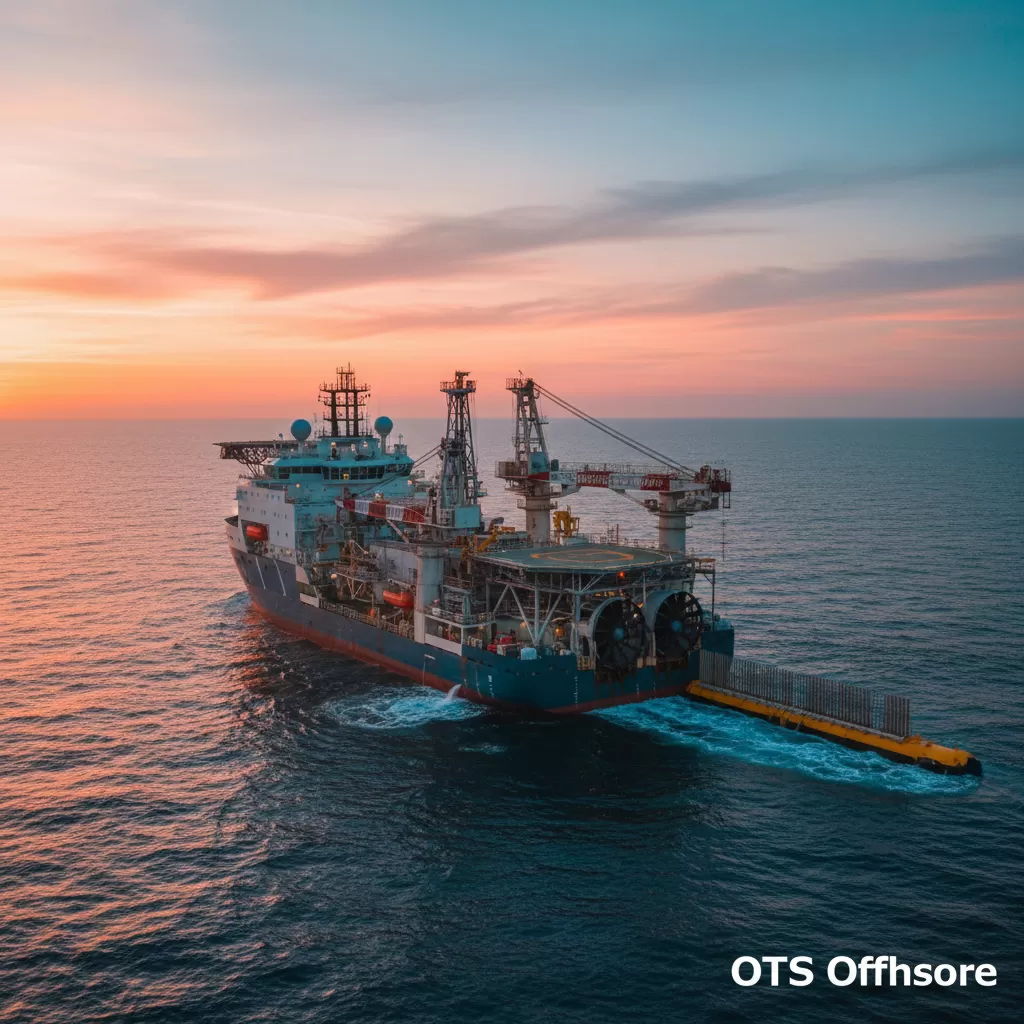This document provides a comprehensive analysis of the various factors affecting wind turbine power output, a critical consideration for optimizing renewable energy generation and operational efficiency in the oil and gas sector. Understanding these elements is paramount for effective wind farm management and maximizing the return on investment.
Analysis of Factors Affecting Wind Turbine Power Output
The efficacy of wind energy as a viable and sustainable power source is intrinsically linked to the predictable and consistent output of wind turbines. For operators within the oil and gas industry, and indeed the broader energy sector, a detailed understanding and robust analysis of factors affecting wind turbine power output is not merely an academic exercise but a fundamental necessity for operational planning, economic forecasting, and technological advancement. This in-depth analysis delves into the multifaceted environmental, technical, and operational parameters that govern the energy harnessed from wind. By dissecting these determinants, stakeholders can develop more accurate performance models, implement proactive maintenance strategies, and ultimately enhance the overall efficiency and reliability of wind power generation assets. The goal is to move beyond generalized estimations and towards precise, data-driven insights that inform every stage of the wind energy lifecycle.
Understanding Wind Resource Variability: The Primary Driver
The most significant determinant of wind turbine power output is, unequivocally, the wind resource itself. This encompasses not only the average wind speed but also the consistency, directionality, and turbulence of the wind. Wind speed is the foundational element; power output is proportional to the cube of wind speed, meaning a small increase in wind speed can lead to a substantial increase in energy generation. However, this relationship is not linear across the entire operational range of a turbine. Below the cut-in speed, there is insufficient wind to overcome frictional losses and initiate rotation. Between the cut-in speed and the rated speed, power output increases dramatically with wind speed. Beyond the rated speed, turbines reach their maximum power output and employ pitch control mechanisms or other methods to limit further increases, thereby protecting the turbine from excessive loads.
Wind Speed and Its Cubic Relationship with Power
The fundamental physics governing wind turbine power generation dictates a cubic relationship between wind speed and the kinetic energy available. This kinetic energy is then converted into electrical energy by the turbine. Mathematically, the power available in the wind is given by P = 0.5 * ρ * A * v^3, where ρ is the air density, A is the swept area of the rotor, and v is the wind speed. This equation highlights the extreme sensitivity of power output to variations in wind velocity. For instance, doubling the wind speed can theoretically increase the available power by a factor of eight. This sensitivity necessitates accurate wind speed forecasting and a comprehensive understanding of local wind regimes for optimal site selection and operational strategies.
Turbulence Intensity and Its Impact on Performance and Longevity
Turbulence, characterized by rapid and irregular fluctuations in wind speed and direction, poses a significant challenge to consistent and efficient wind turbine operation. High turbulence intensity can lead to increased fatigue loads on turbine components, particularly the blades, gearbox, and tower. While some level of turbulence is inherent in most wind environments, excessive turbulence can reduce the annual energy production (AEP) and accelerate the degradation of mechanical parts, leading to increased maintenance costs and reduced turbine lifespan. Furthermore, turbulent wind can cause the turbine to operate less efficiently, as the rotor blades may experience suboptimal angles of attack and reduced aerodynamic lift. Advanced control systems aim to mitigate some of these effects by adjusting blade pitch or yaw orientation to align with prevailing wind conditions, but the underlying impact of turbulence remains a critical factor.
Wind Directionality and Yaw Misalignment Losses
Wind turbines are designed to capture energy from wind approaching from a specific direction. The nacelle, housing the generator and gearbox, is equipped with a yaw system that continuously rotates the rotor to face directly into the wind. However, perfect alignment is rarely achieved due to factors like wind veer (change in wind direction with height), atmospheric stability, and the response time of the yaw system. Yaw misalignment, where the turbine rotor is not precisely perpendicular to the wind direction, results in a reduction in the effective wind speed reaching the blades, thereby decreasing power output. The magnitude of this loss is proportional to the cosine of the yaw error angle. Even small degrees of misalignment, when aggregated over time, can contribute to significant energy losses and impact the overall economic viability of a wind farm.
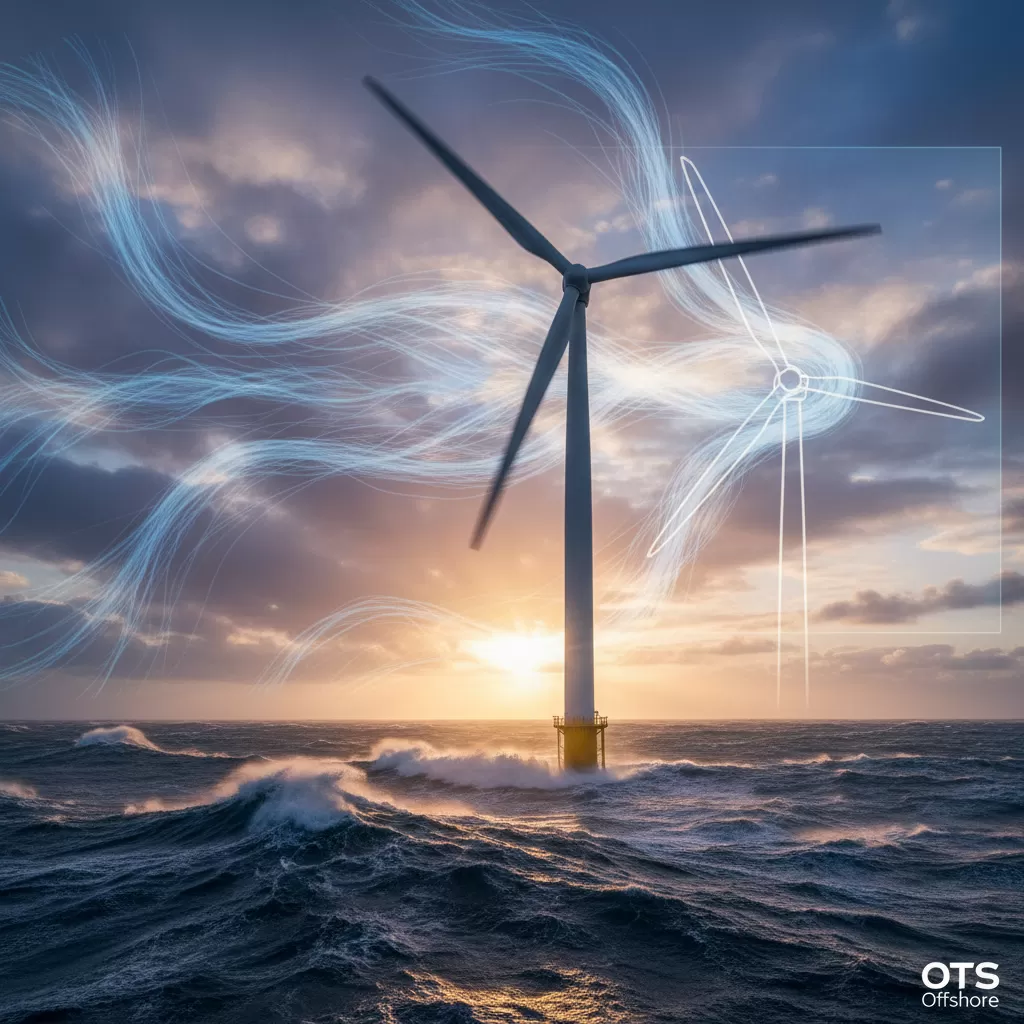
Environmental Factors Shaping Turbine Performance
Beyond the direct characteristics of the wind, several environmental factors play a crucial role in influencing the performance and reliability of wind turbines. These elements, often interconnected, can either enhance or detract from the expected power generation, necessitating careful consideration during site assessment and ongoing operational management.
Air Density: A Crucial Thermodynamic Influence
Air density is a fundamental parameter in the calculation of wind power. It is influenced by temperature, atmospheric pressure, and humidity. Colder, drier air is denser than warmer, more humid air. Denser air contains more kinetic energy at a given wind speed, leading to higher power output. Conversely, at higher altitudes or in warmer climates, lower air density can reduce a turbine’s energy capture. While turbine power curves are typically rated at standard sea-level conditions, real-world performance will deviate based on local atmospheric conditions. Accurate modeling of air density variations is therefore essential for precise performance predictions and power output estimations. This thermodynamic influence is a key component in the analysis of factors affecting wind turbine power output.
Temperature Extremes: Impacting Mechanical and Electrical Systems
Extreme temperatures, both high and low, can have a direct and indirect impact on wind turbine power output. High ambient temperatures can lead to overheating of the generator, gearbox, and power electronics, potentially forcing the turbine to operate at reduced capacity or even shut down to prevent damage. Cooling systems are therefore critical components in warmer climates or during summer months. Conversely, very low temperatures can affect the viscosity of lubricants in the gearbox, increasing friction and reducing efficiency. Ice accretion on turbine blades, a significant concern in colder regions, can severely disrupt aerodynamics, leading to reduced power generation and increased structural loads. Ice detection and mitigation systems are crucial for maintaining operation in such environments.
Precipitation and Atmospheric Conditions: Beyond Simple Wind
While not directly impacting the kinetic energy of the wind, forms of precipitation can indirectly affect turbine output. Heavy rainfall can increase aerodynamic drag on the blades, potentially causing minor reductions in efficiency. More significantly, icing conditions during snowfall or freezing rain are a major operational challenge. Ice buildup on the blades alters their aerodynamic profile, reducing lift and increasing drag. This not only diminishes power generation but also introduces imbalances, leading to increased vibrations and stress on the turbine structure. Fog and dust can also affect sensor readings for wind speed and direction, potentially leading to suboptimal yaw control and pitch adjustments.
Technical Specifications and Turbine Design Considerations
The inherent design and technical specifications of a wind turbine are foundational to its power output potential. Different turbine models are optimized for various wind regimes and operational requirements, and these differences are critical in the analysis of factors affecting wind turbine power output.
Rotor Diameter and Swept Area: The Collection Surface
The rotor diameter is a primary determinant of a wind turbine’s power-generating capacity. A larger rotor diameter translates to a larger swept area, which is the total area through which the blades rotate. The swept area dictates how much wind the turbine can effectively capture. Consequently, larger rotor diameters are capable of harnessing more wind energy and achieving higher power outputs, particularly in lower wind speed conditions. However, larger rotors also come with increased structural loads, higher manufacturing costs, and logistical challenges during transportation and installation.
Hub Height and Wind Shear: Accessing Stronger Winds
Wind speed generally increases with altitude due to reduced ground-level friction. This phenomenon is known as wind shear. Therefore, taller wind turbines, with higher hub heights, can access stronger and more consistent winds compared to shorter turbines. By placing the rotor at a greater elevation, turbines can exploit the higher wind speeds available aloft, leading to a significant increase in annual energy production. The optimal hub height is determined by local wind shear characteristics and the specific turbine design. Understanding wind shear profiles is therefore a vital aspect of site assessment and turbine selection.
Turbine Class and Design Optimization: Matching Turbine to Environment
Wind turbines are categorized into different classes (e.g., IEC Class I, II, III) based on their design characteristics and suitability for specific wind conditions. These classifications consider factors like average wind speed, turbulence intensity, and extreme wind events. A turbine designed for a high-wind site (Class I) will have different structural reinforcements and control strategies than one designed for a moderate-wind site (Class III). Selecting a turbine class that is appropriately matched to the prevailing wind conditions at a given site is crucial for maximizing energy production, ensuring operational reliability, and minimizing the risk of premature component failure.
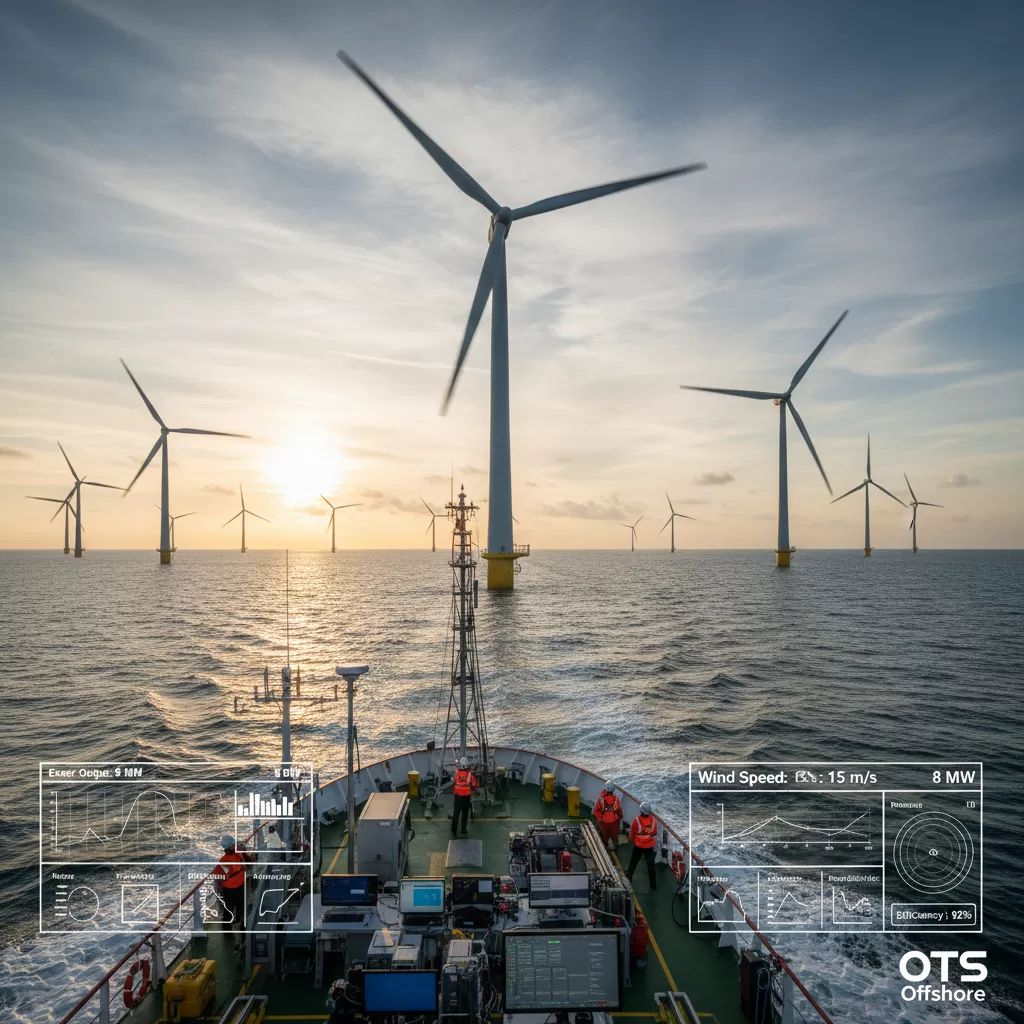
Operational and Maintenance Factors: Ensuring Peak Performance
Beyond the environmental and inherent technical aspects, the day-to-day operational and maintenance practices significantly influence a wind turbine’s actual power output. Proactive management and timely intervention are key to sustaining optimal performance.
Blade Condition: Aerodynamic Efficiency at Stake
The condition of the turbine blades is paramount for efficient energy capture. Blades are susceptible to wear and tear from impacts with airborne debris, erosion from rain and sand, and lightning strikes. Damage, such as nicks, cracks, or leading-edge erosion, can disrupt the smooth airflow over the blade surface, reducing aerodynamic efficiency and consequently decreasing power output. Regular inspections, cleaning, and prompt repair of blade damage are essential to maintain optimal performance and prevent further degradation. Advanced materials and coatings are being developed to enhance blade durability and reduce the impact of environmental factors.
Gearbox and Drivetrain Health: The Energy Transmission Pathway
The gearbox and drivetrain are critical components responsible for transmitting the rotational energy from the rotor to the generator. The efficiency of this transmission pathway directly impacts the amount of electrical energy produced. Wear and tear on gears, bearings, and seals within the gearbox can lead to increased friction, reduced rotational speed transfer, and greater energy losses. Lubrication, temperature monitoring, and regular condition-based maintenance are vital to ensure the gearbox operates efficiently and reliably. Unexpected gearbox failures can lead to prolonged downtime and significant repair costs.
Generator and Power Electronics Efficiency: Converting Rotation to Electricity
The generator converts the mechanical energy of the rotating shaft into electrical energy. The efficiency of this conversion process is influenced by factors such as generator design, operating load, and internal temperatures. Similarly, power electronics, including inverters and converters, are responsible for conditioning the generated electricity to meet grid requirements. Their efficiency can be affected by temperature and operating conditions. Any inefficiencies in the generator or power electronics directly translate to a reduction in the final electrical power delivered to the grid.
Control System Performance and Calibration: Intelligent Optimization
Modern wind turbines are equipped with sophisticated control systems that constantly monitor wind conditions and adjust turbine parameters (e.g., blade pitch, yaw angle) to optimize energy capture and protect the turbine. The accuracy and responsiveness of these control systems are critical. Factors such as sensor calibration drift, software glitches, or suboptimal control algorithms can lead to inefficient operation, resulting in reduced power output. Regular system checks, recalibration of sensors, and software updates are necessary to ensure the control system is functioning optimally and maximizing energy generation under varying wind conditions. The analysis of factors affecting wind turbine power output would be incomplete without acknowledging the intelligent layer of control.
Site-Specific Influences and Microclimates
The immediate surroundings of a wind turbine installation exert a considerable influence on its performance, often creating unique microclimates that deviate from broader regional weather patterns.
Terrain and Topography: Shaping Local Wind Flow
The local terrain and topography play a significant role in how wind flows around a turbine. Obstacles such as hills, mountains, forests, and even buildings can create wind speed-up effects or cause turbulence and wind shadowing. For example, wind flowing over a hill can accelerate (speed-up effect), leading to increased power output. Conversely, turbines located in the lee of obstacles may experience reduced wind speeds and increased turbulence. Detailed micro-siting studies are essential to identify optimal turbine placements that maximize wind exposure and minimize negative topographical influences.
Obstructions and Wake Effects: Cascading Impacts in Wind Farms
In a wind farm, turbines are typically arranged in arrays to maximize land use and energy capture. However, the operation of one turbine creates a “wake” of reduced wind speed and increased turbulence that affects downwind turbines. This wake effect can significantly reduce the power output of turbines situated in the path of another turbine’s wake. The spacing and layout of turbines within a wind farm are crucial for minimizing these wake losses. Advanced computational fluid dynamics (CFD) modeling is used to predict and optimize these layouts, ensuring that the analysis of factors affecting wind turbine power output considers the collective impact within a farm.
Conclusion of Analysis Factors Affecting
The comprehensive analysis of factors affecting wind turbine power output reveals a complex interplay of environmental conditions, technical design choices, and ongoing operational and maintenance practices. Each element, from the fundamental physics of wind speed to the subtle influences of local topography, contributes to the overall energy harnessed. A thorough understanding of these determinants is crucial for maximizing the efficiency, reliability, and economic viability of wind energy projects.


